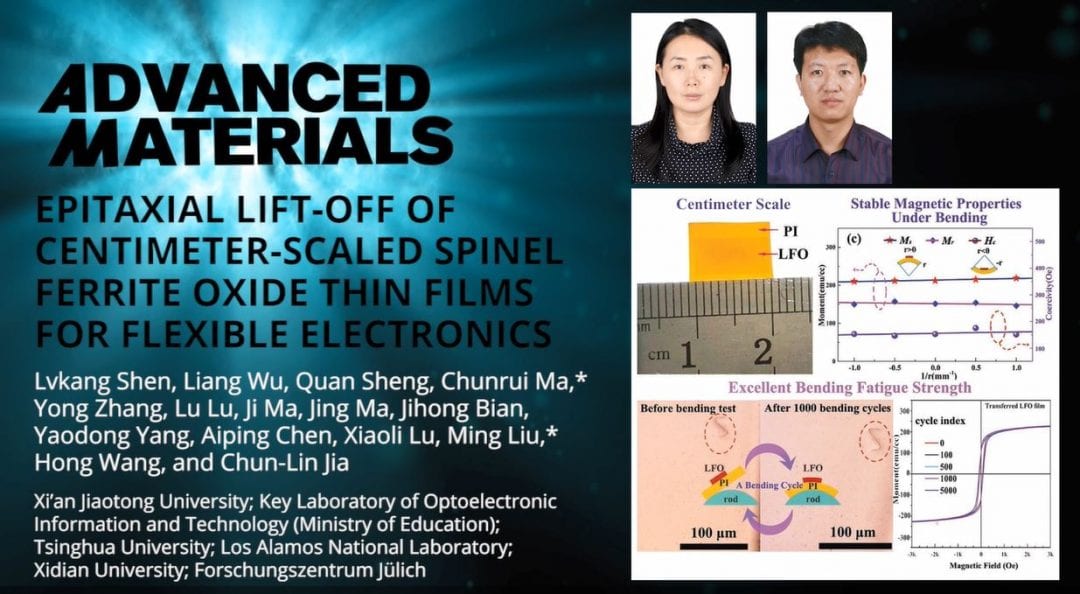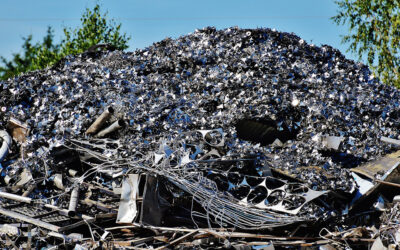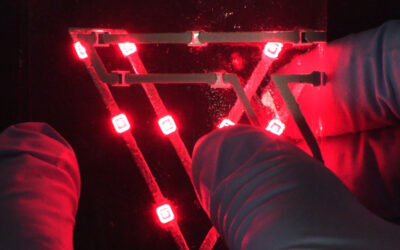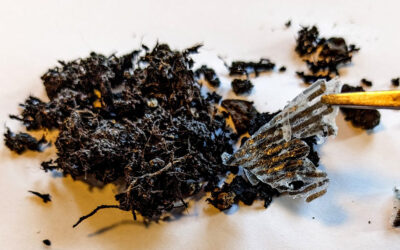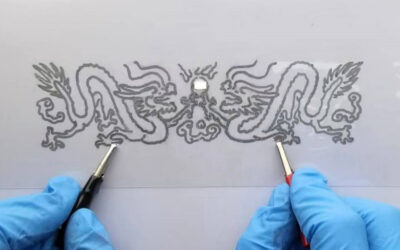To perform a specific function, solid state materials have to be ordered. Their highest form of order is the single-crystal state. This is of interest for an advanced alternative to conventional electronics for wearable devices—magnetoelectronic devices—but making these materials flexible while retaining the properties they possess in the single-crystal state requires sophisticated methods for transferring the solid materials onto a flexible substrate.
In a publication in Advanced Materials, Dr. Chunrui Ma and Dr. Ming Liu from Xi’an Jiaotong University, China, and their co-workers, report how to improve the transfer and bonding of spinel ferrite to a flexible polyimide (PI) substrate.
All three developed methods rely on an epitaxial single-crystalline-like, centimeter-sized lithium ferrite (LiFe5O8) thin film on a strontium titanate (SrTiO3) substrate with a sacrificial layer. The film quality is mainly influenced by the first preparation step.
In their most successful method, the researchers attach the spinel ferrite sample to PI tape and immerse it in etching solution. After 48 hours, the spinel ferrite thin film is successfully transferred onto the tape. Almost undamaged films of 6–300 nm thickness are achieved.
The structural properties of the as-grown and transferred films are strikingly similar, and the films survive 1000 bending cycles almost unscathed. Equally good performance for positive and negative curvature, even for large bending angles, confirms their suitability for flexible electronics.
To learn more about this promising method for magnetoelectronic device fabrication, please visit the Advanced Materials homepage.

